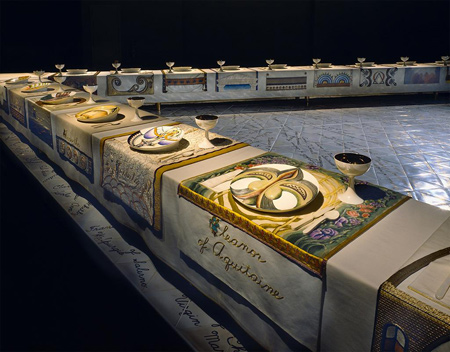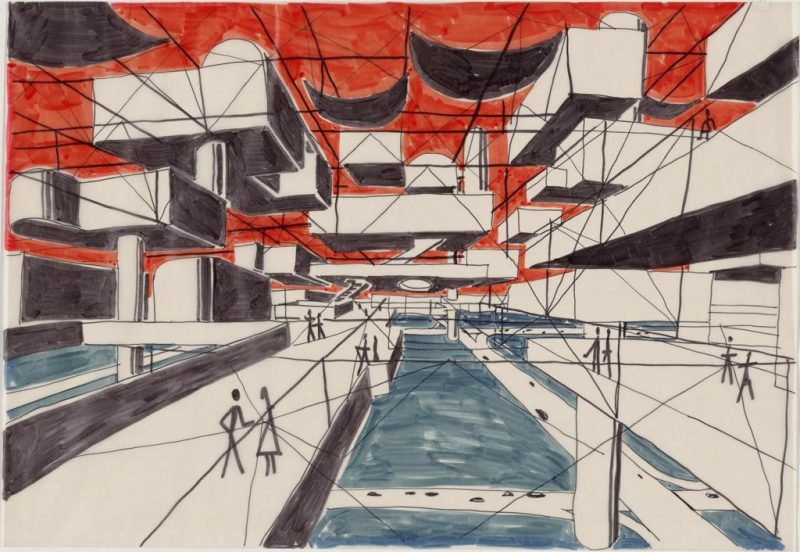
Judy Chicago |Wing 2 of The Dinner Party; Detail, 1974-79 | Elizabeth A. Sackler Center for Feminist Art; Collection of the Brooklyn Museum of Art | ©Judy Chicago, www.judychicago.com
March is Women’s History Month! The Artstor Digital Library offers a variety of excellent resources to support Women’s Studies, from historical photographs to the history of fashion, and from canonical artworks to modern and contemporary art by female practitioners.






































